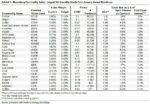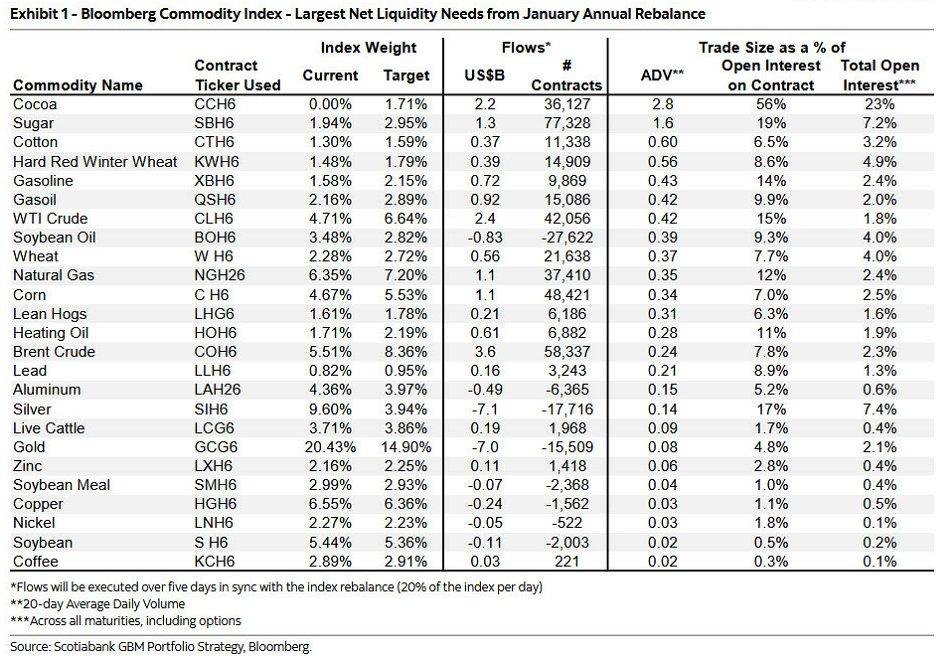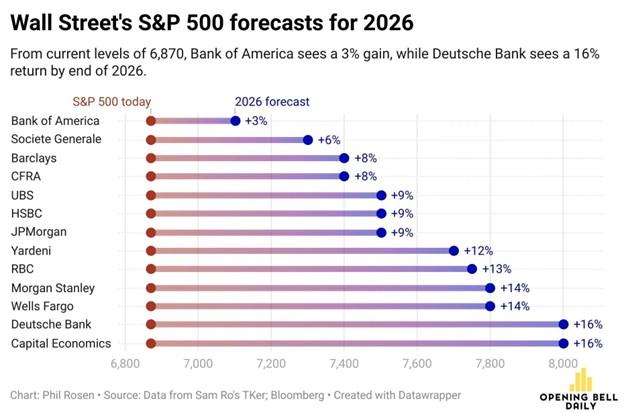It is widely held that financial asset markets always fully reflect all available and relevant information, and that adjustment to new information is virtually instantaneous. This way of thinking is also known as the Efficient Market Hypothesis (EMH), and is closely linked with the Rational Expectations Hypothesis (REH), which postulates that market participants are at least as good at price forecasting as is any model that a financial market scholar can come up with, given the available information.
The view that market participants are just as good at forecasting as any model implies that their forecasts do not display systematic biases—their forecasts are right on average.
According to the EMH, by using available information, all market participants arrive at forecasts of future security returns, with these forecasts fully reflected in the prices that are observed in financial markets. Changes in asset prices occur on account of news which cannot be predicted in any systematic manner. Asset prices respond only to the unexpected part of any news, since the expected part of the news is already embedded in prices. The efficiency of the market means that the individual investor cannot outsmart the market by trading on the basis of the available information.
The implication of the EMH is destructive for fundamental analysis, for this means that the analysis of past data is of little help since whatever information this analysis is going to reveal is already contained in asset prices. It follows that there is no point in paying attention to fundamental analysis. A simple policy of random buying and holding will do the trick. According to one of the pioneers of the EMH, Burton G. Malkiel:
The theory holds that the market appears to adjust so quickly to information about individual stocks and the economy as a whole that no technique of selecting a portfolio—neither technical nor fundamental analysis—can consistently outperform a strategy of simply buying and holding a diversified group of securities.
Consequently, Malkiel concludes that:
A blindfolded monkey throwing darts at a newspaper’s financial pages could select a portfolio that would do just as well as one carefully selected by the expert.
Note that what is labelled as “the market” are various individuals, engaged in buying and selling financial assets. It is questionable that individuals could rapidly assess the effect of the changes of data on the economy to ascertain what is going on. Instead, what is required in order to ascertain the facts of reality are various pieces of information that must be processed by means of a logically-driven theoretical framework that is capable of establishing the facts. Given that all sorts of ideas guide individuals in “the market,” it is questionable that financial markets fully reflect all available and relevant information.
Furthermore, the major problem with the EMH and the REH is that these theories assume that all market participants have the same expectations about future securities returns. Yet, if participants are alike in the sense of having homogeneous expectations, then why should there be trade? After all, trade implies the existence of heterogeneous expectations. This is what bulls and bears are all about.
A buyer expects a rise in the asset price while the seller expects a fall in the price. The EMH and the REH frameworks imply that market participants have the same knowledge. Forecasts of asset prices by market participants are clustered around the true value, with deviations from the true value randomly distributed, implying that profits or losses are random phenomena. It also means that since, on average, everybody knows the true value, then no one will need to learn from past errors since these errors are random and, therefore, any learning will be futile. In the words of Hans-Hermann Hoppe:
...if everyone’s knowledge were identical to everyone else’s, no one would have to communicate at all. That men do communicate demonstrates that they must assume…that their knowledge is not identical.
Contrary to the EMH and the REH, according to Hoppe, the past information, which was instrumental in determining individuals’ past actions, shapes and constrains individuals’ present and future knowledge. If it were otherwise, and the past didn’t have any effect on the present, the future would be a world of chaos where the accumulation of knowledge would not be undertaken and economic advancement couldn’t take place. For, if the present and the future are not related to the past, then knowledge today will be regarded as useless tomorrow.
Is past information of no consequence? Is it valid to argue that past information is completely embedded in prices and, therefore, of no consequence? It is questionable whether the duration and the strength of effects of various causes can be discounted by the market participants.
For instance, a market-anticipated lowering of interest rates by the central bank—while being regarded as old news and therefore not supposed to have any effects according to the EMH—will in fact set in motion the process of the boom-bust cycle. Also, various causes, once set in motion, initially only affect some individuals’ income. As time goes by, however, the effect of these causes spread across a wider spectrum of individuals. Obviously, these changes in the incomes of individuals will lead to changes in the relative prices of assets.
To suggest, then, that somehow the market will quickly incorporate all the future effects of various present causes without telling us how it is done is questionable. It has to be realized that markets are composed of individual investors who require time to understand the implications of various causes on prices of financial assets. Even if a particular cause was anticipated by the market, that doesn’t mean that it was understood, and was therefore discounted.
It is hard to imagine that the effect of a particular cause, which begins with a few individuals, and then spreads over time across many individuals can be assessed and understood instantaneously. For this to be so, it would mean that market participants can immediately assess future consumers’ responses and counter-responses to a given cause. This, of course, must mean that market participants not only know consumers’ preferences but also know how these preferences are going to change, however, consumer preferences cannot be revealed before consumers have acted.
Are Profits Random Phenomena?
The proponents of the EMH claim that the main message of their framework is that excessive profits cannot be secured out of public information. They maintain that any successful method of making profits must ultimately be self-defeating. Again, against this background, some of the EMH proponents raise doubts as to the benefit of the analysis of historical data to ascertain the future direction of asset prices. What this approach suggests is passivity and resignation from an active search for opportunities.
Now, it is true that profits as such can never be a sustainable phenomenon, however, the reasons for this are not those presented by the EMH. Profit emerges once an entrepreneur discovers that the prices of certain factors are undervalued relative to the potential value of the products that these factors, once employed, could produce. By recognizing the discrepancy and doing something about it, an entrepreneur removes the discrepancy (i.e., eliminates the potential for a further profit).
The recognition of the existence of potential profits means that an entrepreneur had particular knowledge that other individuals didn’t have. Having this unique awareness means that profits are not the outcome of random events, as the EMH suggests. For an entrepreneur to make profits, he must engage in planning and anticipate consumer preferences. Consequently, those entrepreneurs who excel in their forecasting of consumers’ future preferences will make profits.
Planning and research never guarantee that profit will be secured. Various unforeseen events can upset entrepreneurial forecasts. Errors, which lead to losses in the market economy, are an essential part of the navigational tools which direct the process of the allocation of resources in an uncertain environment in line with what consumers dictate. Uncertainty is part of the human environment, and it forces individuals to adopt active positions, rather than resign to passivity, as implied by the EMH.
Conclusion
Proponents of the EMH argue that past data contains no information for the prediction of future prices. From this it follows that there is no point in paying attention to fundamental analysis that utilizes past data. We suggest that this way of thinking is questionable.
Full story here Are you the author? Previous post See more for Next postTags: Featured,newsletter



































